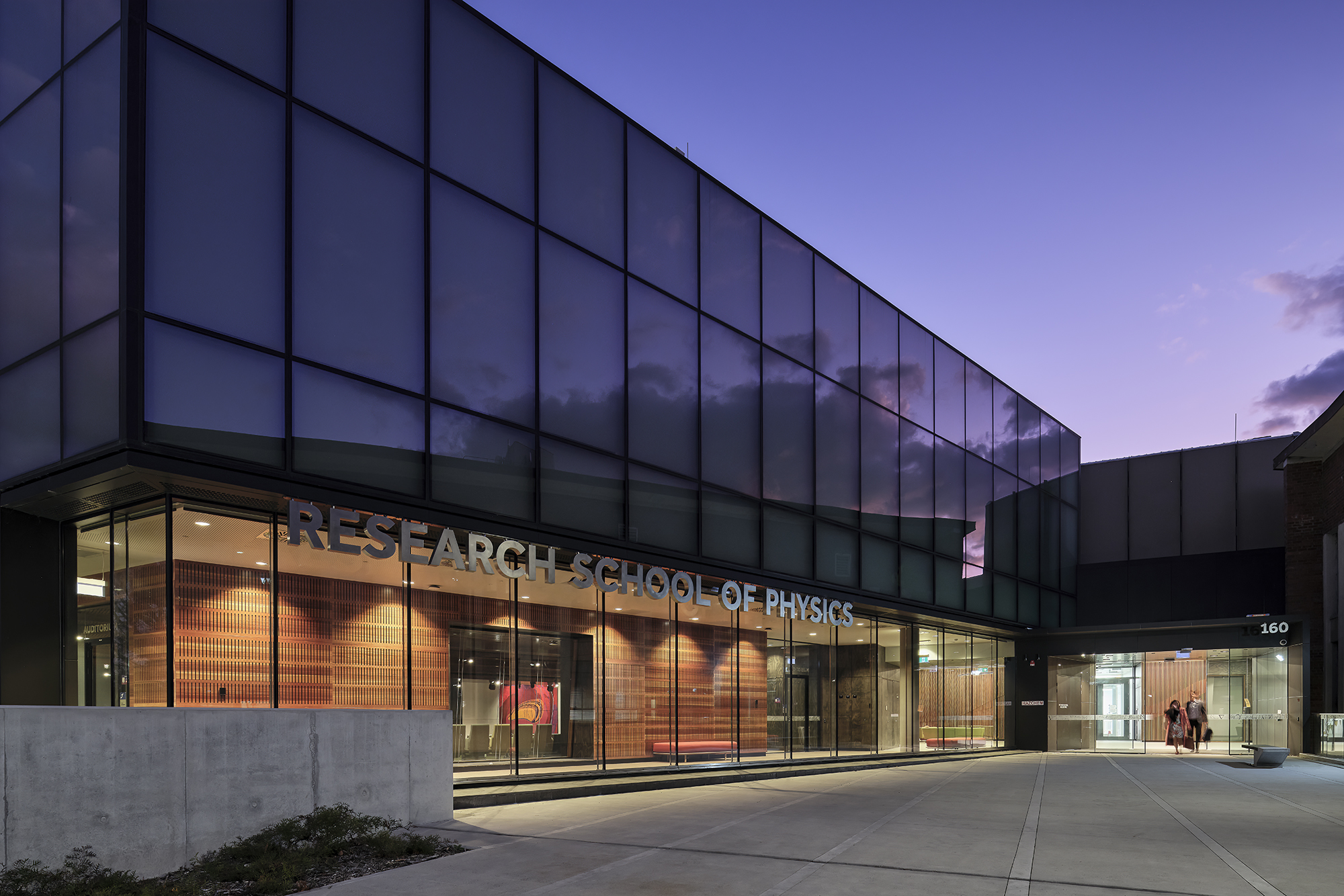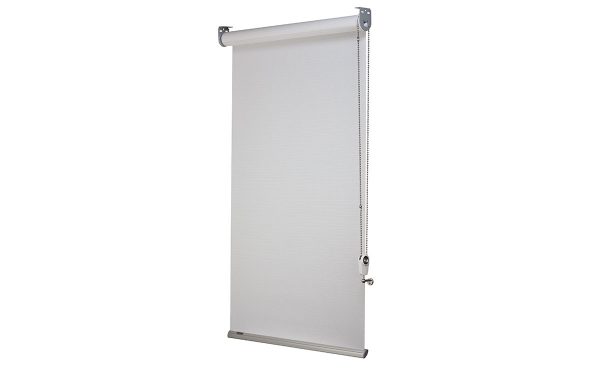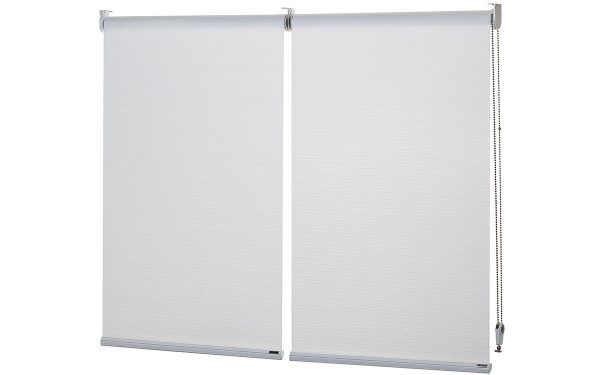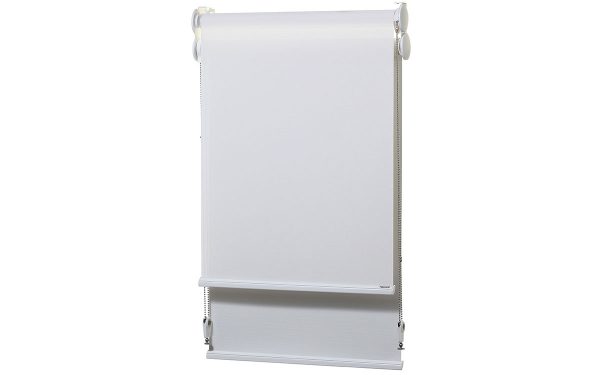ANU Physics Building, Canberra ACT

Light, nature and connection – an aesthetic for physics at ANU
With its stunning outlooks over Lake Burley Griffin, the new ANU Research School of Physics building, designed by Hassell, was an opportunity to embed wellbeing features as a primary element of the aesthetic. There is a clear alignment between the building blocks of the discipline – light, energy, matter and the interconnections between objects and forces – and the final form and function.
The Building
The Research School incorporates laboratories including a state-ofthe-art 1600-square-metre flexible nanofabrication facility, semi-open neighbourhood workspaces, social spaces and a 250-seat auditorium that will be used for performative science and public outreach, connecting physicists with the public in new and exciting ways.
The articulation of the form itself also enables the outsider to see inside, with expansive glazing that also maximises views of water and bushland for occupants. This theme of visibility and transparency continues into the interior, with glazed wall areas replacing the traditional opaque containment of labs. From the perspective of the occupant, this also enables natural light and views to be perceived from deep inside the building, providing benefits for wellbeing and the sense of connection.
The Requirement
“Encasing laboratories in glazed rather than solid walls make the research highly visible to anyone moving around or visiting the building,” explains Rohan Patil, Associate at Hassell, and lead architect on the project. The heart of the building is an activated space, with a central atrium illuminated by skylights, open staircases and interaction terraces. This increases opportunities for informal collaboration and discussion between physics specialisms, individual researchers, students and visitors.
By orienting the building north-south, passive solar performance has been optimised. Winter sunlight mitigates Canberra’s frigid mid-year climate, while the thermally-insulated and sealed perimeter curtainwall system is enhanced with a lightweight veil of sunshade fins to reduce heat gain. Likewise, the western elevation features a perforated, folded screen that controls glare and heat gain while preserving the outlook to Black Mountain.
Having an abundance of light also meant giving careful though to strategies to manage and moderate glare, heat and adaptation of light levels for specific needs such as AV presentations. Hassell relied on Verosol and their commercial partner, Watson Blinds, to provide smart, robust and aesthetically elegant solutions.
The Solution
Automated Verosol roller blinds powered by Somfy Sonesse 40 Motors which are connected to the Building Management System (BMS), and the Somfy RTS50 Motors that drive the customised heavy duty twin roller blind systems, provide both climate-responsive and activity-responsive solutions. Across the building perimeter, Verosol Ambience motorised roller blinds and multi-link systems in 203 SilverScreen Performance fabric have also been connected to the BMS to optimise heat and glare reduction and ensure energy consumption is reduced for indoor climate control.
Internally, Verosol’s Ambience motorised roller blinds using 203 SilverScreen Performance fabric in Dark Grey are automated to respond to the sun’s changing path throughout the day, and on the level 3 circulation corridor, prevent direct light from reaching sensitive cleanroom spaces. Workplace zone blinds provide glare control, while also having a manual override option to allow users to customise daylight and privacy to suit their requirements.
The auditorium features a customised heavy duty twinned automated roller blind installation that incorporates both the 203 SilverScreen Performance blinds, and Verosol 710 Aspect blinds in Armour which provide a full blackout when necessary. Verosol worked closely with Watson Blinds, to custom-engineer Twin Veromax brackets to suit the unique long drops of eight metres-plus, the articulation of the shade fins on the façade and the sleek and discreet pelmet geometry. Collaboration with Somfy ensured the individual blinds within each twinned assembly could be smoothly controlled by occupants using an RTS Remote Control.
Project Details
LOCATION: ANU Research School of Physics, Canberra, ACT, Australia
ARCHITECT: Hassell
BUILDER: Hindmarsh Construction
SECTOR: Education, Health & Research
WINDOW COVERINGS:
- Ambience Motorised Roller Blinds
- Ambience Motorised Multi-Link Roller Blinds
- Custom Heavy Duty Twin Motorised Roller Blinds
- BMS Integration, Fully Automated Solution
Featured Fabrics:
- 203 SilverScreen Performance
- 710 Aspect Blockout
- Area: 15,461 m² | 4 Levels
- Laboratory facilities including 22 x stable labs and specialist equipment rooms
- ISO 5, ISO 6 and ISO 7 standard cleanrooms – the largest an 800 sqm open-plan clean room
- Purpose built gas monitoring and alarm system to monitor 29 different laboratory gases
- Seismic restraint and vibration protection technology throughout
- Large 250-person auditorium, boardroom, seminar, administration and teaching spaces




